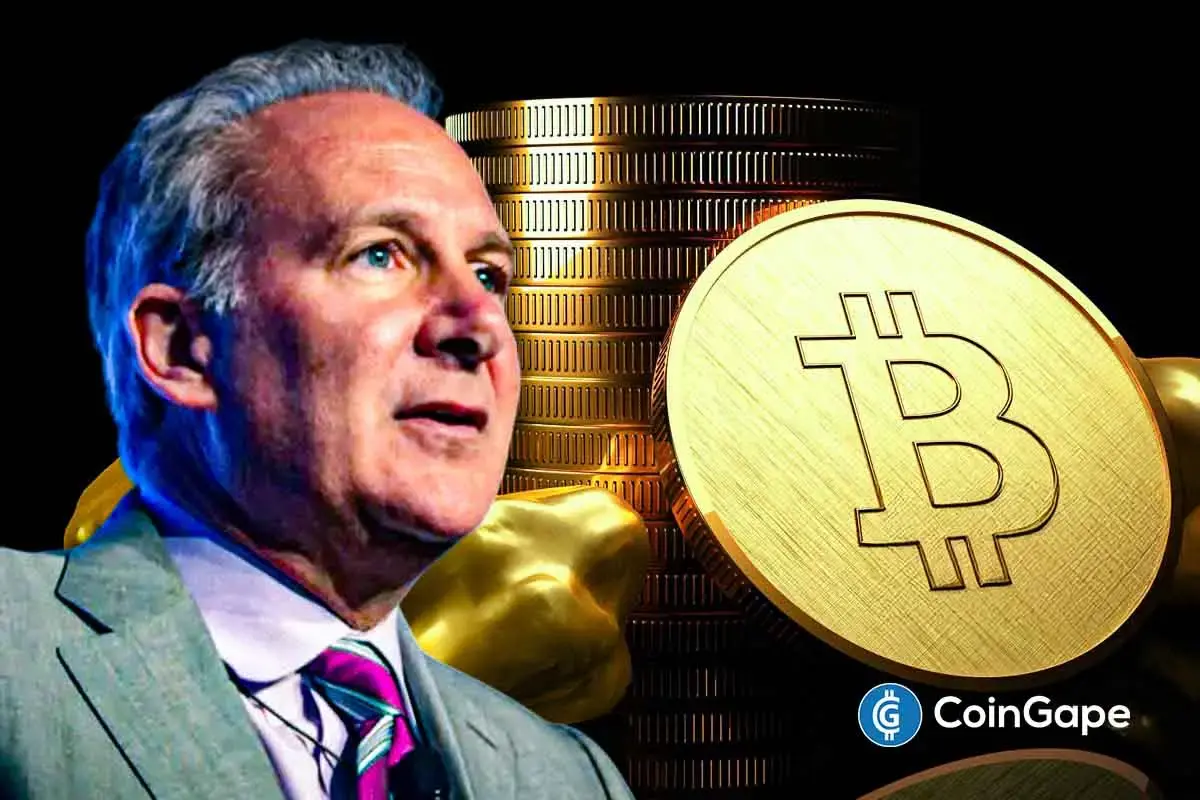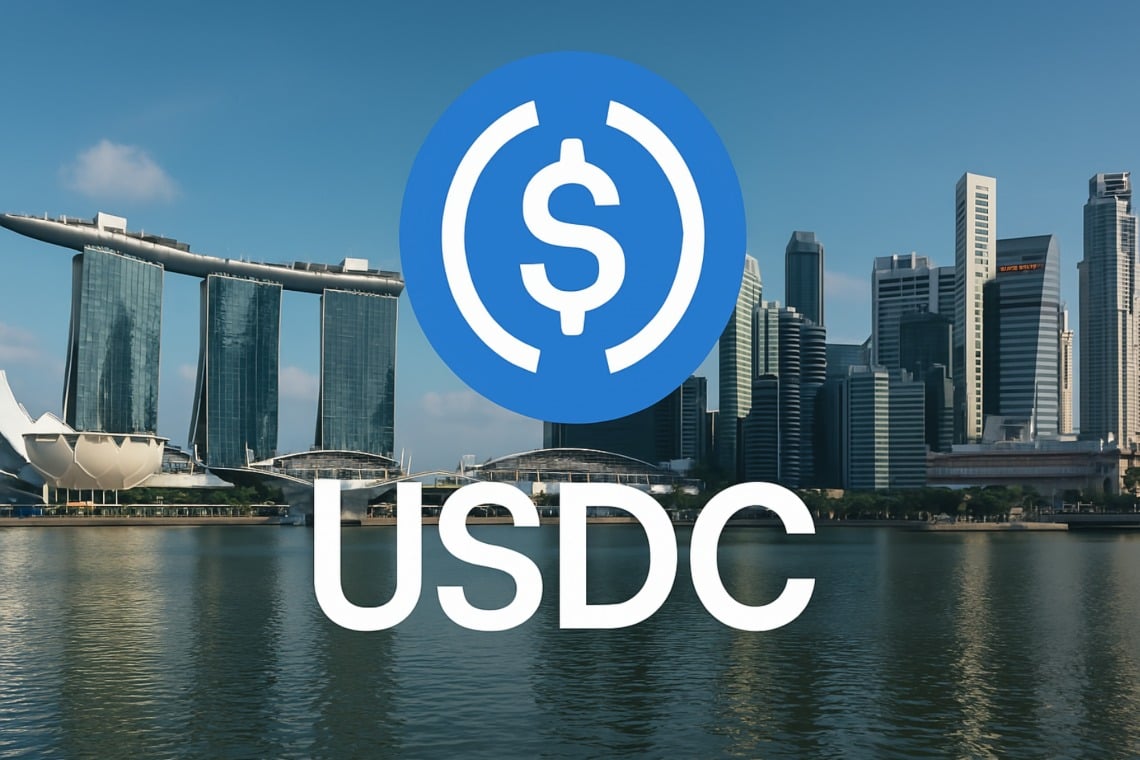The Unforeseen Consequences of Building the Second-Largest Stablecoin: A Case Study of Circle and USDC
In the ever-evolving world of cryptocurrencies, building a stablecoin with a market capitalization over $60 billion, like Circle’s USD Coin (USDC), is an impressive feat. However, what if the entity behind the stablecoin isn’t the one reaping the majority of the profits? This is the predicament Circle finds itself in, and it raises intriguing questions about the potential implications for individuals and the global economy.
The Role of Circle in the USDC Ecosystem
Circle, a Boston-based fintech company, was one of the first entities to launch a stablecoin, USDC, in 2018. The stablecoin was designed to maintain a stable value, pegged to the US dollar, by holding an equivalent amount of fiat currency in reserve. Circle’s USDC has become the second-largest stablecoin by market capitalization, trailing only Tether (USDT).
The Profit Dilemma: Coinbase’s Dominance in USDC Transactions
Despite Circle’s significant role in creating and maintaining USDC, the majority of transactions and subsequent profits are generated by Coinbase, a leading cryptocurrency exchange. This is due to Coinbase’s extensive user base and market dominance. USDC is the native stablecoin of Coinbase, making it the go-to choice for users looking to trade or hold stablecoins on the platform.
Impact on Individuals
For individual investors and users, the dominance of Coinbase in the USDC ecosystem may not seem like a significant issue. However, it could have potential consequences:
- Lack of Control: By relying on a single entity, like Coinbase, for USDC transactions, individuals may feel a loss of control and increased reliance on the platform.
- Higher Fees: As the primary platform for USDC transactions, Coinbase may set higher fees for users, especially during periods of high demand or volatility.
- Security Concerns: With a larger user base and more transactions, Coinbase becomes an attractive target for hackers, increasing the potential risk for individual investors.
Impact on the World
The dominance of Coinbase in the USDC ecosystem could also have far-reaching consequences for the global economy:
- Centralization: The concentration of USDC transactions on a single platform could lead to increased centralization in the stablecoin market, potentially limiting innovation and competition.
- Regulatory Scrutiny: As the largest platform for USDC transactions, Coinbase may face increased regulatory scrutiny, which could impact the broader stablecoin market.
- Financial Stability: The interconnectedness of the stablecoin market and traditional financial systems could lead to potential risks, especially if a large platform experiences significant issues or failures.
Conclusion
The situation with Circle and USDC highlights the complexities and potential risks of the stablecoin market. While building a successful stablecoin is an impressive achievement, it’s crucial to consider the potential consequences, especially when it comes to the distribution of profits and control. As the market continues to evolve, it’s essential for individuals and regulators to stay informed and adapt to the changing landscape.
By fostering a more competitive and decentralized ecosystem, we can mitigate some of the risks and ensure the long-term stability and growth of stablecoins. This could lead to increased innovation, greater choice for users, and a more robust and resilient financial system.





